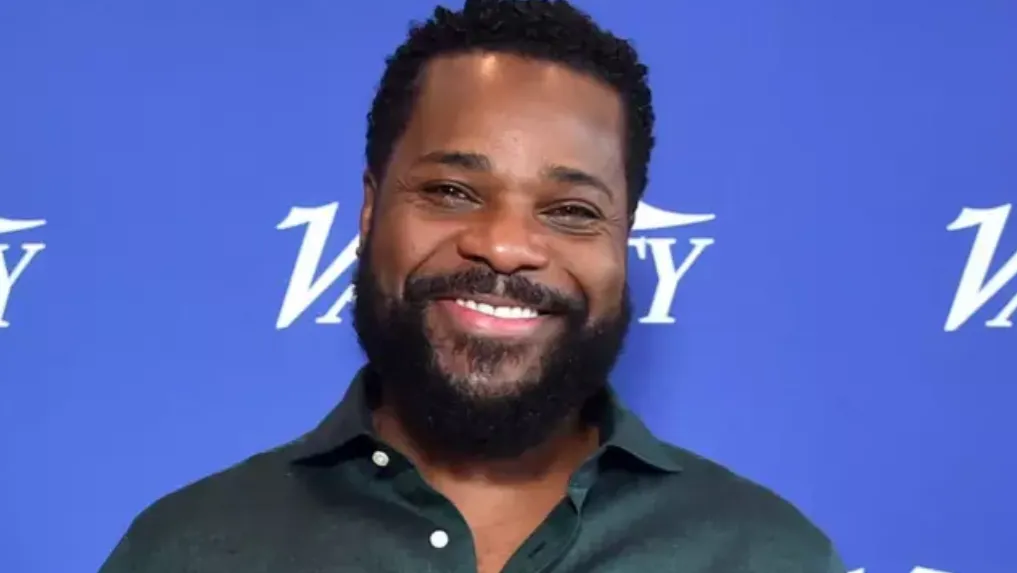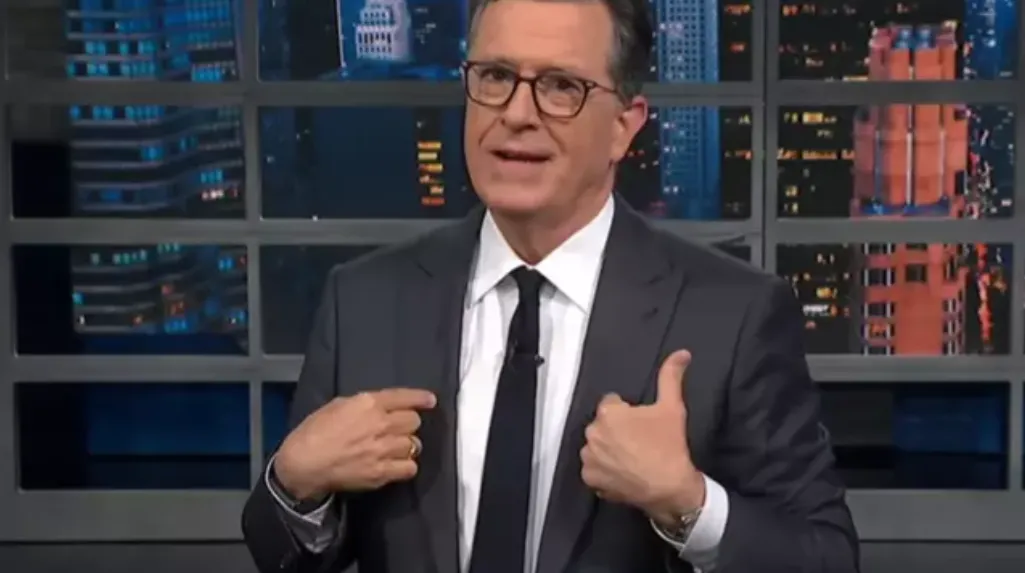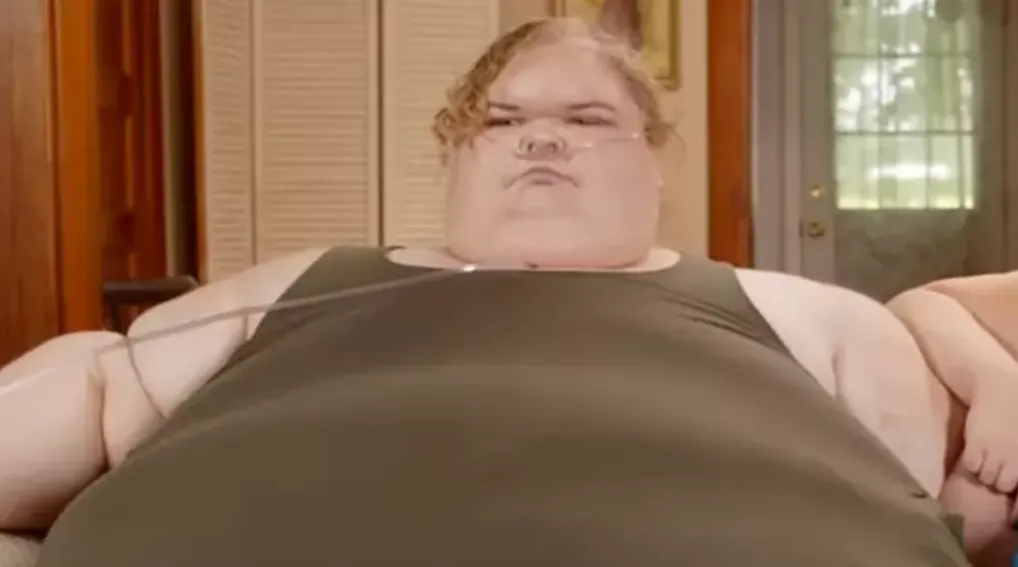The thumbs-up emoji isn’t passive-aggressive – Gen Z need to get over it

First, they came for our crying-laughing face. Then, our clapping hands. Now, it’s millennials’ thumbs ups that are under attack.
Yes, the – to my mind – most benign and functional of emojis has been cancelled by Generation Z.
They don’t just think it’s cringe or “cheugy” (slang for the deeply uncool, trying-too-hard lifestyle trends of the 2010s). Far worse, the thumbs up is seen as actively hostile – a passive-aggressive dig deemed “unsettling”.
I know, I know: millennials are hardly innocent in the communication wars. A decade ago we decided that putting a full stop at the end of a message made you a “monster”, to quote The Guardian. But try as I might, I struggle to see how the thumb could ever be interpreted as an act of antagonism; unless under the incredibly niche circumstances that it comes amid the sentence “I bite my _ at you, sir”, and your recipient just so happens to be a Shakespearean scholar.
On a Reddit thread all about the misunderstood icon, one user shared their experience: “I started an ‘adult’ job where we use Microsoft Teams to connect with each other for work. Currently, there are only a few emojis you can use to react to a message (unless of course, you respond, and can use any emoji).
“Most people at work use the ‘thumbs-up’ reaction all the time. I don’t use it much. I either ‘heart’ reactions or reply even if it’s a short ‘Great!’ or ‘Thanks!’ (I also feel like I use too many exclamation marks, but that’s a different story).
“Anyway, I think it’s normal to ‘thumbs up’ messages, but I still feel like it’s such an unsettling response. Does anyone else feel this way?”

The answer to this question was a resounding “yes” from those born in the late Nineties and Noughties. As well as “unsettling”, the charges levelled at that poor, hardworking hand included “passive-aggressive”, “super rude” and something that made people feel “bad”.
One response read: “For younger people (I’m 24 for reference) the thumbs-up emoji is used to be really passive-aggressive.
“It’s super rude if someone just sends you a thumbs up. So I also had a weird time adjusting because my workplace is the same.
“So yeah, it’s a generational communication culture difference.”
I was crestfallen upon reading these words. Not just because it means I’m officially so old that the very meaning of language has shifted (I finally understand why my mum was so perplexed when I came home from school saying “sad” and “wicked” instead of “uncool” and “cool” respectively). But because for “non-younger” people (I’m 37 for reference), the thumbs up is an integral and essential part of the workplace lexicon. Light yet professional, it’s always carried a sense of no-nonsense neutrality verging on positive
It’s efficiency emojified: the pictorial equivalent of a “got that”, “can do”, “doing it now”, “good work”, “thanks for that”, “understood”, “all received” and a full stop, all wrapped up in one neat, unbeatable package. It communicates affirmation while deftly ending a conversation; it signals confirmation without the need for a protracted and pointless back and forth.
It’s also the ideal “reaction” to work messages on platforms like Slack or Teams – letting people know you’re taking care of a task or giving them the all-clear to start working on something themselves.
Light yet professional, it’s always carried a sense of no-nonsense neutrality verging on positive. A heart emoji, as suggested by the original Reddit poster, feels oddly overfamiliar for the office – as grimace-inducing as putting a kiss at the end of a work email to a colleague you’ve never met. Hearts are for the news that your new paramour is going to pick up dessert, not the news that Nigel has finished uploading last month’s invoices onto the system.
But the thumbs up isn’t all business. I’ve got such a fondness for its low-key, time-saving competence that it gets deployed on personal WhatsApp messages and social media DMs alike. This versatile, unassuming workhorse may not have the star quality nor showy “pick me!” razzle-dazzle of some of its peers – the screaming face, dancing lady and flames, to name a few – but, like a favourite, well-worn pair of jeans that always fit just right, we’d be lost without it.
I accept that it’s a generational difference – another marker in the yawning cultural divide that sets millennials and Gen Z apart. But I’ve already surrendered my side-parting, trainer socks and even tried to keep Harry Potter and Friends references to a minimum. Please, I beg of you – let us keep our beloved thumb. Or prepare to see that crying-laughing face emoji swapped for a crying face instead.
Dad with deadly brain cancer that kills in a year is cancer free after taking new drug
A breakthrough drug is fighting brain cancer head-on.
Glioblastoma is widely considered the deadliest form of brain cancer, killing over 10,000 Americans each year. There is no cure for the highly aggressive disease — many patients survive just nine months after diagnosis.

Ben Trotman was diagnosed with glioblastoma in October 2022 at 40.
Treatment focuses on managing symptoms and extending life via surgery to remove as much of the tumor as possible and radiation therapy and chemotherapy to destroy cancer cells.
Now, researchers from University College London Hospitals are recruiting glioblastoma patients for a trial of the immunotherapy drug ipilimumab. Sold under the brand name Yervoy, the monoclonal antibody stimulates the immune system to recognize and attack cancer cells.
Oncologists are optimistic since a UK father shows no signs of having a tumor after he took ipilimumab before his glioblastoma treatment.
Ben Trotman was diagnosed with glioblastoma in October 2022 at 40.
“The crucial element of this trial is that patients will have their immune system boosted by the drug before they have any other treatment, when they are fit and well enough to tolerate the immunotherapy,” said Dr. Paul Mulholland, the consultant medical oncologist leading the trial.
“We saw with Ben, the one patient recruited to the immunotherapy study, NeAT-GLIO, that he has had clear scans since having the treatment and the tumor hasn’t returned more than two and a half years later.”

Glioblastoma is widely considered the deadliest form of brain cancer, killing over 10,000 Americans each year.
Trotman met with Mulholland, who enrolled him in a clinical trial for ipilimumab. He was the first patient in the world — and the only person in the trial — to take the drug before glioblastoma treatment.
“Getting this diagnosis was the most traumatic experience,” said Trotman’s wife, Emily.
“We were grappling with the fact that Ben had gone from being apparently perfectly healthy to having months to live.”
After taking the drug, Ben underwent radiotherapy and chemotherapy.
Two years and eight months later, his scans are clear.
“It is very unusual to have a clear scan with glioblastoma, especially when he didn’t have the follow-up surgery that had been planned to remove all of the tumor that was initially visible on scans,” Mulholland said.

Ben and Emily Trotman wed in 2023, after he began his immunotherapy treatment.
“We hope that the immunotherapy and follow-up treatment Ben has had will hold his tumor at bay,” he added, “and it has so far, which we are delighted to see.”
In January 2023, months after his diagnosis, Ben married Emily. The couple welcomed a daughter, Mabel, earlier this year.
They enjoy taking her for walks along with their rescue dog, Jerry.
“We are trying to live as normal a life as possible,” Emily said.
“We are in a unique position of which there is no precedent and which comes with a great deal of uncertainty,” she continued. “We want to live each day as if it were our last, but we also want to plan for the future, which we hope to have.”
Researchers plan to recruit 16 glioblastoma patients like Ben over 18 months.
After taking ipilimumab, the trial participants will undergo radiotherapy and chemotherapy and perhaps surgery depending on the extent of their disease.

Dr. Paul Mulholland and Dame Siobhain McDonagh, who raised funds for the new clinical trial of ipilimumab.
The trial is being funded by Dame Siobhain McDonagh, a member of the British Parliament, whose sister died of glioblastoma in 2023.
“My beloved sister Margaret was appalled to discover that there had been no advances in brain cancer treatment for decades when she was diagnosed with glioblastoma,” McDonagh said. “Changing this was Margaret’s final campaign and one that I have continued in her memory.”
Treatment will take place at the NIHR UCLH’s Clinical Research Facility at the National Hospital for Neurology and Neurosurgery.
“I am delighted that this new trial, with the same immunotherapy drug I received, is going ahead and others will have the opportunity to take part,” Ben said. “It will give people newly diagnosed with glioblastoma some hope.”




